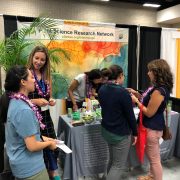
Plantae Internships and conference updates from the PSRN
Blog, Careers - Blog, Careers in Plant Science, Internships, Plant Science Research Network, Undergraduate StudentsThe Plant Science Research Network attends two conferences each fall to support undergraduate research and education: SACNAS and ABRCMS. Connecting undergraduate students to research opportunities in the plant sciences is a goal of the PSRN, which curates resources to support student research, careers,…
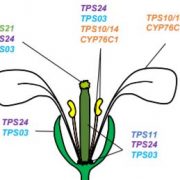
Attract or Defend: The CYP-associated Versatility of Terpenoids
Research, The Plant Cell, The Plant Cell: In BriefFloral scent, a blend of volatile organic compounds (VOCs), is a communication signal central to plant interactions. For example, VOCs attract pollinators when flowers are opened (Muhleman et al., 2015).
However, some plants do not cross-pollinate and depend less on VOCs. Flowers are fragile structures…

Proteases Help Cyanobacteria Survive Nutrient Starvation
Research, The Plant Cell, The Plant Cell: In a NutshellKrynická et al. uncover the critical role of the FtsH1/3 protease complex in the acclimation of a model cyanobacterium to nutrient stress. Plant Cell https://doi.org/10.1105/tpc.19.00411
By Vendula Krynická1,2 and Philip J. Jackson3,4
1Centre Algatech, Institute of Microbiology of the Czech…
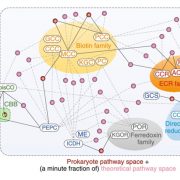
Perspective: Revolutionizing agriculture with synthetic biology (Nature Plants)
Plant Science Research WeeklyIn a new Perspective by Wurtzel et al., the authors lay out SynBio’s tremendous potential to transform agriculture. Consider how we might leverage the “vast design space that plants have not occupied.” As an example, plants employ two pathways to fix carbon, and prokaryotes another six, but scientists…
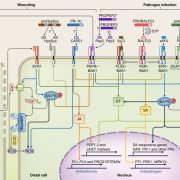
Review: The role of peptides cleaved from protein precursors in eliciting plant stress reactions (New Phytol)
Plant Science Research WeeklyAlthough the first signaling peptide identified in plants, systemin, is involved in stress responses, developmentally important peptide signals have largely occupied the limelight. This Tansley Review by Chen et al. summarizes recent insights into peptides with a role in stress responses: wounding, pathogen…
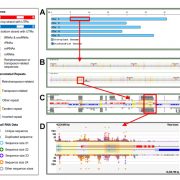
Next-Gen sequence databases: RNA and genomic informatics resources for plants (Plant Physiol)
Plant Science Research WeeklyDrawing on more than 15 years of improvements, Nakano et al. have released public websites and resources for data access, display, and analysis of plant small RNAs, from Arabidopsis to wheat and with many crops and model species represented. The tools can analyze, integrate and display the abundance…
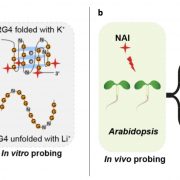
RNA G-quadruplex structures exist and function in vivo (bioRxiv)
Plant Science Research WeeklyRNA G quadruplex (RG4) structures that include two or more layers of G-quartets can form in guanine-rich RNA sequences. These structures are known exist in vitro and are proposed to form in vivo as well. However, there is no direct evidence from plants showing the presence of these structures in vivo. …

Penium margaritaceum genome bears footprints of evolutionary origins of land plants (bioRxiv)
Plant Science Research WeeklyThe Zygnematophyceae are the green algae that are most closely related to land plants. Some species in this clade are considered subaerial, meaning that they can live under air (as opposed to under water). The green films you see on tree trunks and walls are often Zygnematophycaea. Several new insights…
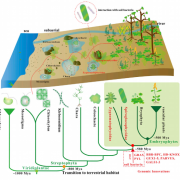
Genomes of subaerial Zygnematophyceae provide insights into land plant evolution ($) (Cell)
Plant Science Research WeeklyThe availability of charophyte algae genomic information is helping to understand how the plant transition to a terrestrial environment occurred at the molecular level. Here, Cheng et al. are releasing two genomes from the Zygnematophyceae clade (Spirogloea muscicola and Mesotaenium endlicherianum),…

